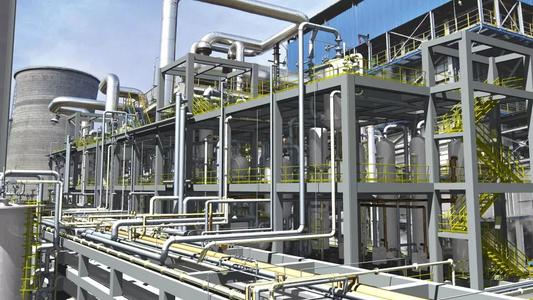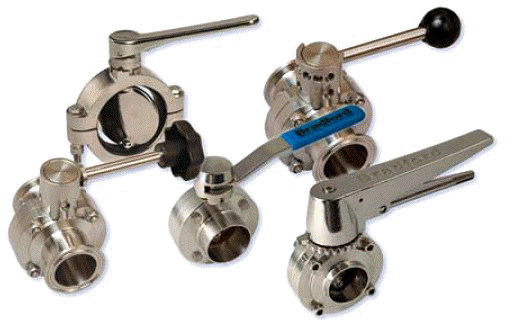Metal Selections of Sanitary Butterfly Valves

When designing a sanitary butterfly valve, many different materials can be used with a typical type that contains more than one type of material in your body. This ensures that the construction is robust with the combination of such diverse materials to achieve the best functionality.
Carbon
Carbon is the main element in a carbon and steel alloy without any other added material added to the mix to control its properties. In the construction of the sanitary butterfly valve, this alloy is often incorporated into the body and disc through a process called sand casting.
The main advantage of this alloy is that it is not expensive and provides a cost-effective solution where cost is a factor. Their disadvantage is that they are not resistant to corrosion unless their surfaces are painted for protection. Corrosion can, however, occur from within.
Chromium
It is an iron alloy and a minimum amount of chromium: chromium oxide on the surface of the material is protective since it forms an impenetrable layer.
Mechanical damage such as scraping breaks the surface; Chromium reacts very fast with oxygen in the air to prevent it from reacting with iron and forming rust (iron oxide).
Stainless steel
Stainless steel is also classified as a martensitic, ferritic, duplex, and austenitic, while it can also be hardened by precipitation due to its microstructure due to its various alloying properties. Austenitic and duplex are the most popular grades for valve construction.
The tools and accessories are always tested to ensure that they arrive in good condition or work capacity and that the packaging is excellent to minimize friction or avoid any form of disassembly. These simple practices help to strengthen the credibility of the manufacturers. These measures also ensure professionalism, diligence at work, and a high level of competence.
Other features are considered in the manufacture of valves to ensure that their requirements are met, including the pressure that will be used for the work and the feed, the diameter measurements, the temperature (sterilization and work), and the accessories of the sanitary valve.





